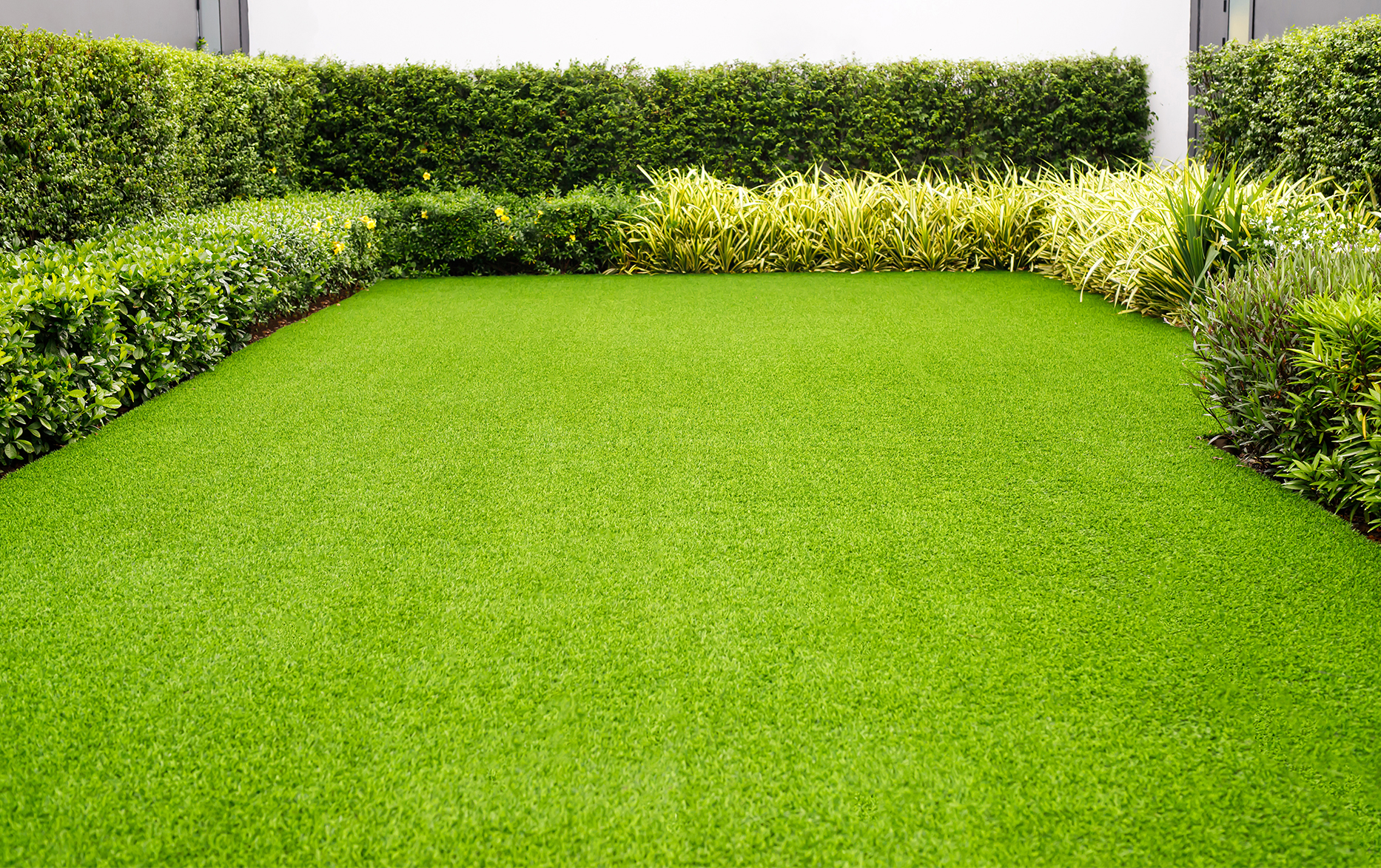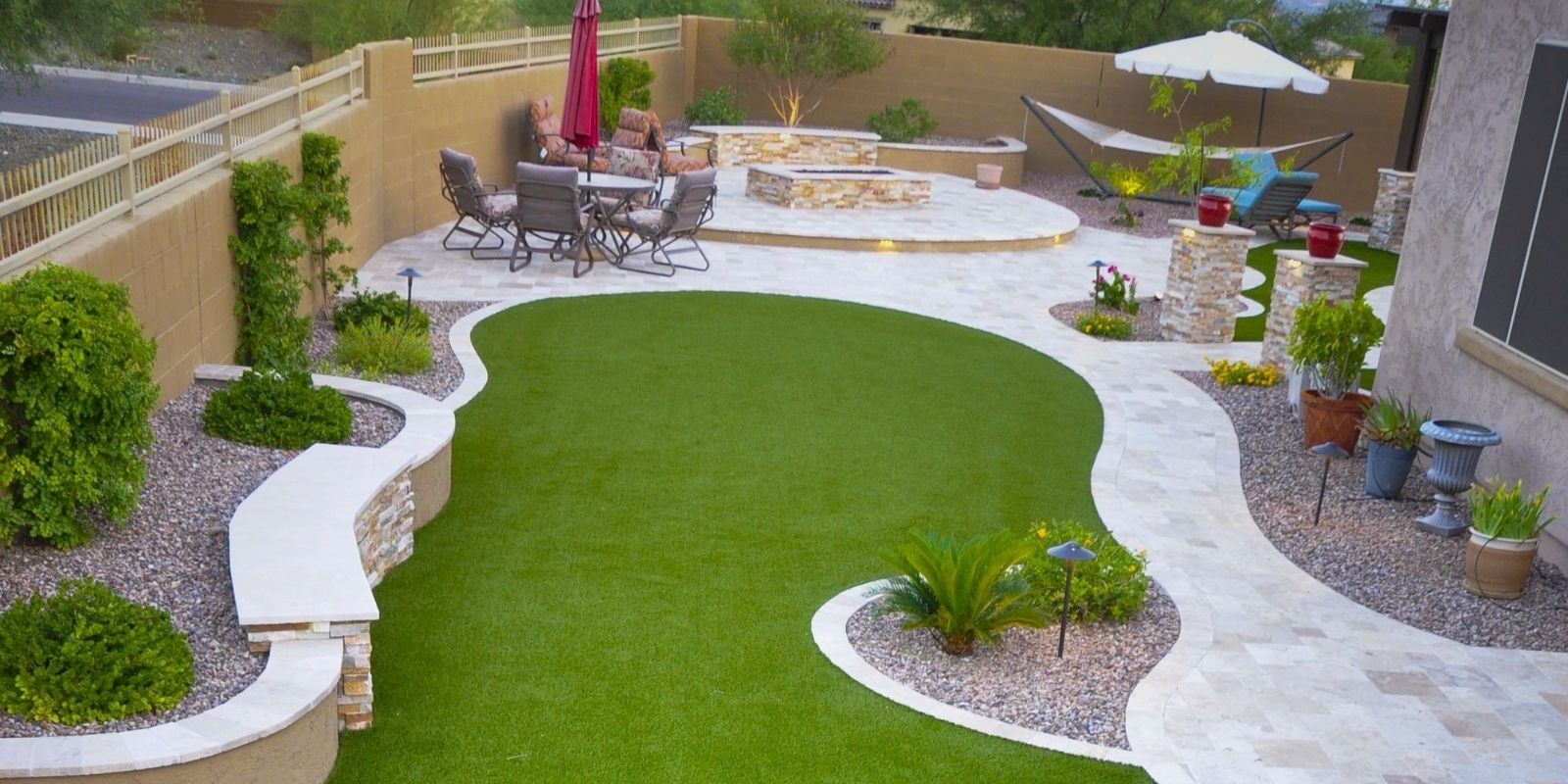Dependable Artificial Turf Companies Phoenix for a Attractive and Evergreen Lawn
Dependable Artificial Turf Companies Phoenix for a Attractive and Evergreen Lawn
Blog Article
Look Into the Environmental Perks of Opting for Artificial Turf Solutions
The adoption of artificial grass remedies presents an engaging chance to resolve pushing environmental challenges. By substantially decreasing water usage and minimizing the application of damaging chemicals, these choices not only promote sustainable landscaping but additionally shield neighborhood ecological communities.
Water Conservation Benefits
Among one of the most considerable benefits of synthetic grass is its ability to preserve water. Standard lawn yards require substantial watering, particularly in areas vulnerable to dry spell or water restrictions. In contrast, synthetic grass does not need watering, substantially reducing the general need for water resources. This function is particularly valuable in arid regions where water shortage is a pressing problem.
By getting rid of the requirement for normal watering, synthetic grass adds to sustainable landscape methods and helps mitigate the environmental effect of extreme water usage. The preservation of water expands to the decrease of overflow, which can lead to soil disintegration and river contamination.
Additionally, the setup of fabricated lawn allows districts and house owners to allocate water resources extra efficiently, concentrating on necessary uses such as alcohol consumption water and farming. The shift in the direction of synthetic grass not just promotes responsible water use yet likewise lines up with broader ecological goals intended at maintaining natural sources.
As areas significantly focus on sustainability, the water preservation benefits of man-made turf present an engaging instance for its adoption in residential and commercial landscape design projects.
Decreased Chemical Usage
The transition to artificial lawn considerably reduces the reliance on chemical therapies commonly made use of in natural grass maintenance. Conventional grass administration usually entails the application of chemicals, plant foods, and herbicides to promote development and control bugs. These chemicals can position dangers to human health, local wild animals, and the setting, adding to dirt and water contamination.
On the other hand, synthetic grass gets rid of the requirement for these unsafe compounds. As soon as installed, it calls for minimal maintenance, largely being composed of routine cleansing and infrequent infill replenishment. This reduction in chemical usage not only benefits the immediate atmosphere but also adds to broader environmental stability. By minimizing the release of artificial substances right into the environment, synthetic grass advertises much healthier soil and water systems.
Moreover, the lack of chemical runoff connected with synthetic turf installments aids protect neighborhood waterways from air pollution, sustaining water life and maintaining biodiversity. Arizona turf. As communities significantly prioritize sustainable practices, choosing fabricated grass offers a feasible service that lines up with environmental preservation objectives. With this change, homeowner can delight in rich environment-friendly spaces without compromising ecological health and wellness, leading the way for a much more sustainable future
Lower Carbon Impact

Additionally, the installment of fabricated lawn can result in significant water conservation. Natural grass call for substantial quantities of water for irrigation, which not just includes in the carbon impact related to water extraction and treatment however likewise pressures local water sources. On the other hand, synthetic pop over to this web-site turf needs minimal maintenance, requiring no watering, therefore dramatically lowering water usage and its connected power expenses.
In addition, the long life of man-made grass adds to its reduced carbon effect. With a life expectancy of approximately 15 years or more, the demand for frequent substitutes is decreased, resulting in much less waste and reduced energy usage in manufacturing and disposing of traditional lawn options. Generally, synthetic grass presents a sustainable alternative for eco aware landscape design.
Environment Conservation
Environment preservation is an essential consideration in the discussion over landscaping selections, especially when contrasting synthetic grass to all-natural grass. All-natural lawn yards commonly require substantial maintenance, consisting of using fertilizers, pesticides, and herbicides, which can adversely influence neighborhood ecosystems. These chemicals can seep into the soil and rivers, hurting indigenous flora and fauna and interrupting neighborhood habitats.
On the other hand, artificial turf offers a chance to reduce the ecological impact of landscaping. By selecting artificial turf, homeowners can reduce the disruption of natural habitats connected with traditional lawn care methods. Synthetic grass eliminates the demand for harmful chemicals, therefore safeguarding neighboring wildlife and maintaining discover this info here the honesty of bordering communities. The installation of man-made grass can lead to the conversion of former yard areas into more biodiverse landscapes, such as pollinator gardens or native plant areas, which can support local wildlife.
Ultimately, the shift to artificial grass not just preserves water and decreases maintenance initiatives yet additionally fosters a much more harmonious connection in between human tasks and the natural surroundings, promoting habitat conservation while doing so.
Long-Term Sustainability
Long-lasting sustainability is a vital factor in evaluating the benefits of synthetic grass over conventional yard yards. One of one of the most significant advantages of synthetic grass is its longevity; it can last as much as 15-20 years with marginal upkeep, whereas all-natural grass calls for frequent reseeding and substitute. This durability minimizes the need for continuous resources, such as water, plant foods, and pesticides, which are important for preserving a healthy and balanced yard lawn.
Additionally, synthetic grass adds to a decrease in carbon discharges associated with lawn care equipment. Typical grass often need gas-powered lawn mowers, leaners, and blowers, all of which add to air contamination. Turf installation phoenix az. On the other hand, synthetic grass removes the demand for such devices, promoting a cleaner setting
Furthermore, the manufacturing of synthetic grass increasingly uses recycled products, boosting its sustainability account. As makers adopt eco-friendly Extra resources techniques, the ecological footprint of synthetic grass remains to lessen.

Verdict
The fostering of artificial lawn remedies presents significant ecological advantages, consisting of significant water preservation, decreased reliance on unsafe chemicals, and a reduced carbon footprint. Furthermore, synthetic grass help in preserving all-natural environments by minimizing land disruption and promoting long-term sustainability with using long lasting products. Jointly, these aspects emphasize the potential of synthetic grass to contribute favorably to ecological health and supply a feasible alternative to traditional landscaping methods in an increasingly resource-conscious globe.
In contrast, fabricated grass does not require watering, considerably minimizing the general need for water resources. By decreasing the release of synthetic compounds into the ecological community, man-made lawn promotes much healthier dirt and water systems.
Furthermore, the setup of man-made turf can result in significant water preservation. In comparison, man-made lawn needs minimal maintenance, requiring no watering, thereby considerably minimizing water usage and its linked energy prices.

Report this page